Developing countries face many unique challenges that impact the environment through economics, postcolonial development and poor governance structures, responses to global climate change, and impoverished educational structures. But despite these challenges we must try to do something to make a difference. Natural history museums and botanical gardens that are found in most developed countries promote science, culture, education, and conservation. Their paucity in developing countries, however, is a further impediment to addressing the challenges noted above. Their scarcity in Western Asia is particularly troubling considering that this is a very rich biodiversity area and the place where humans first developed agriculture (the Fertile Crescent).
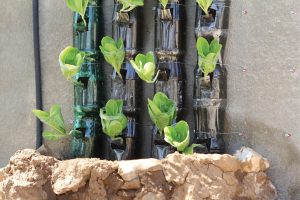
Palestine has been subjected to foreign rule for hundreds of years, going from Ottoman (1516–1917) to British (1917–1948) to Israeli/Jordanian/Egyptian (1948–1967) and finally to Israeli (1967 till today) control. The Zionist control is especially harmful as it is not merely a military occupation but a settler colonial system that has resulted in massive displacement (millions of Palestinians are refugees today inside and outside the country) and squeezing the remaining population into urbanized cities such as Bethlehem, Ramallah, and Gaza. Decades of de-development, lack of Palestinian (native) sovereignty over natural resources, and politics that trump environmental issues have created unsustainable human and natural ecosystems. Significant demographic shifts have developed during the past several decades of the Israeli-Palestinian conflict. Habitat destruction and environmental declines are notable. But some things can still be done. An example of this is the establishment in 2014 of a botanic garden, a community garden, and a permaculture facility in the middle of increasingly urbanized and crowded Bethlehem. The facilities serve as educational modules that result in object-based learning that leads to behavioral change that impacts our health and the environment.
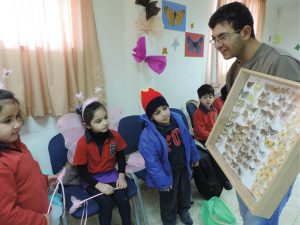
The area of twelve dunums was developed as part of an institute at Bethlehem University for biodiversity and sustainability whose vision aims towards sustainable human and natural communities. Research, education, and conservation are emphasized at this institute (see palestinenature.org).
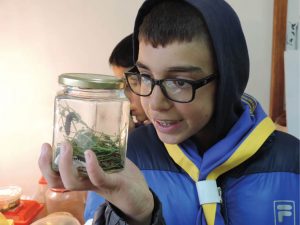
The greening of the area was done with minimal interventions that focus on retaining soil and water and utilizing permaculture techniques to create a model of sustainability in urban and rural communities. During the first two years, a number of tools to enrich organic buildup in soil were developed, including rain collection systems, techniques that eliminate soil erosion, and composting. In addition, vegetables were planted as well as endogenous Palestinian trees such as carob, hawthorn, leucaena, terebinth, and oak.
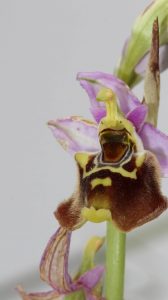
Botanical gardens can become green spaces within urban environments that serve the community as oases of tranquility in the midst of conflict. Visitors come here to admire the flora (260 species of plants recorded), listen to the birds (over 50 species), watch the butterflies (over 20 species), and explore hundreds of other species of animals in various habitats ranging from pool system to semi-arid cliff sides. Visitors also enjoy learning about traditional herbal medicines and visiting the food forest area. A community garden lets children come to grow their own vegetables. An ethnography exhibit (both indoor and outdoor) focuses on agricultural and natural cultural history (tangible and intangible items). Awareness of threatened cultural history reconnects visitors to the land and helps preserve, value, and valorize this critical heritage that goes back to the Natufian and Canaanitic agricultural eras.
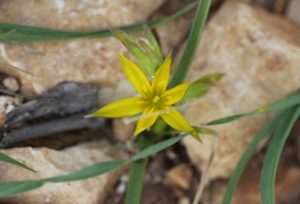
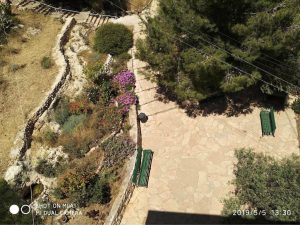
Student-led initiatives at area schools are inspired by their visits to the garden and facilities and include developing school gardens and environmental clubs. This previously neglected area has been transformed into a permaculture facility (including beekeeping, aquaponics, and aquaculture) that shows people that we can have food sufficiency even with limited water and natural resources. This site was used to develop ideas which are now being transferred to farmers and other members of the community (e.g., green walls and composting). We even brought some people from Gaza and trained them in building aquaponic systems.
Article photos courtesy of the Museum of Natural History.


